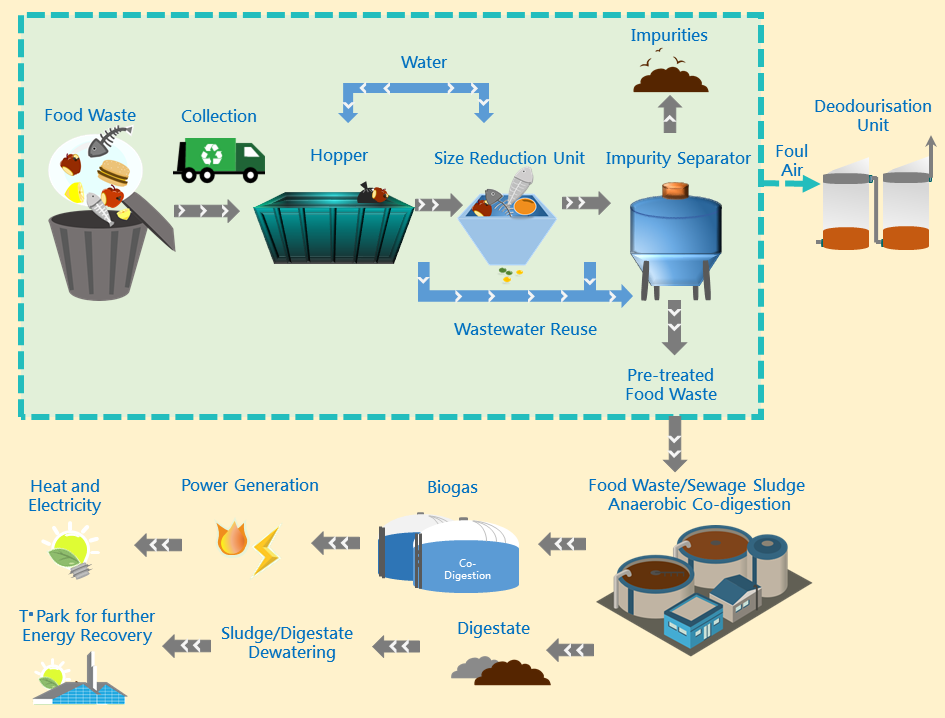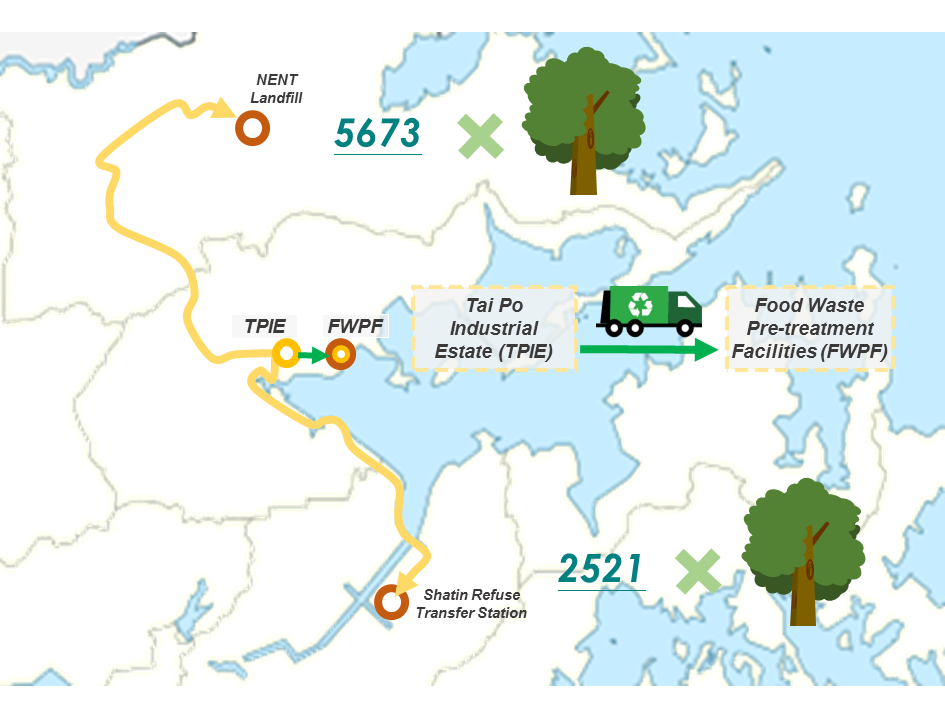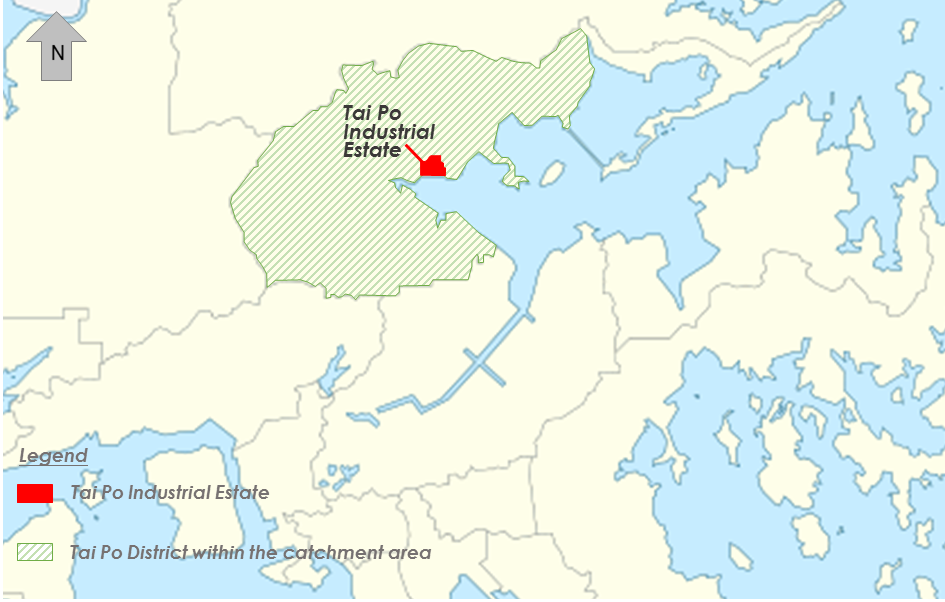Food Waste/Sewage Sludge Anaerobic Co-digestion Trial Scheme
Co-digestion of food waste with sewage sludge at sewage treatment facilities has been successfully applied in overseas countries, which has a primary benefit in improving nutrient balance and biogas yield in anaerobic digestion at sewage treatment facilities and can contribute to diverting food waste from landfills.
Apart from constructing new facilities, the use of existing sewage treatment facilities for food waste/sewage sludge anaerobic co-digestion as an additional part of the network of Organic Resources Recycling Centres is being explored to help raise Hong Kong's food waste treatment capability.
Food waste pre-treatment facilities for food waste/sewage sludge anaerobic co-digestion trial scheme will be constructed at the existing Shuen Wan Leachate Pre-treatment Works at Tai Po to provide a maximum of 50 tonnes per day of pre-treated food waste to the Tai Po Sewage Treatment Works for food waste/sewage sludge anaerobic co-digestion, with a view to confirming its technical feasibility and installation requirements.
The design and construction of the food waste pre-treatment facilities commenced in December 2017 and the food waste/sewage sludge anaerobic co-digestion trial scheme is in operation in May 2019
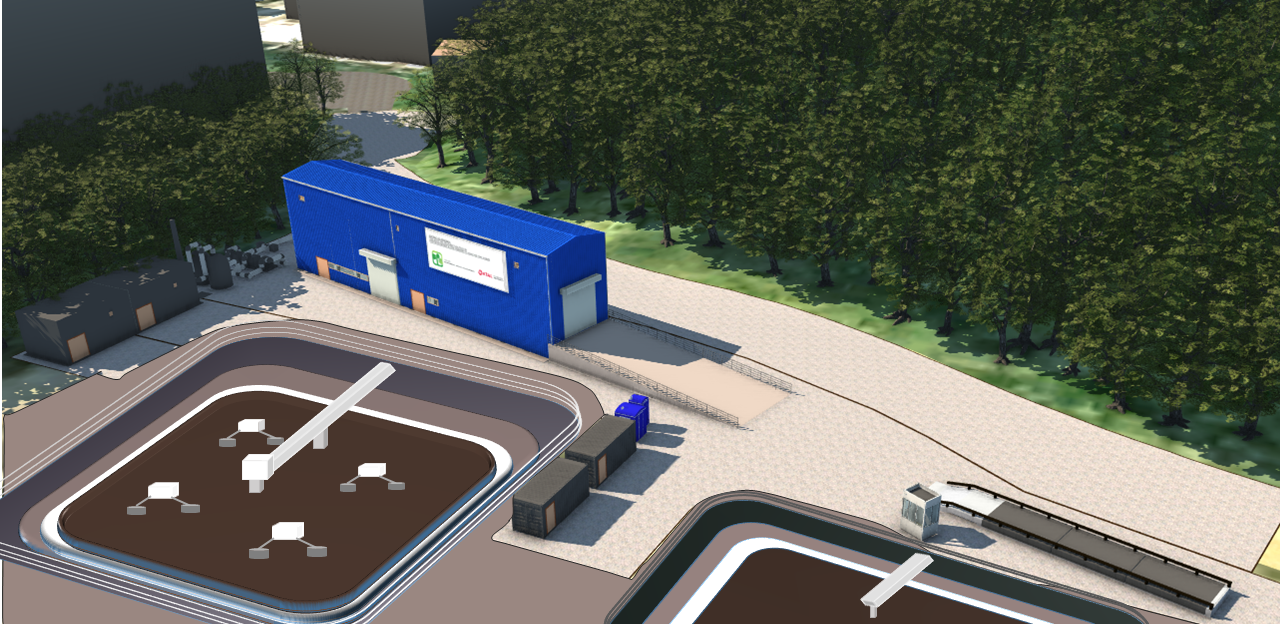
The food waste/sewage sludge anaerobic co-digestion trial scheme is collaboratively administered and run by Environmental Protection Department (EPD) and Drainage Services Department (DSD).
Under the food waste/sewage sludge anaerobic co-digestion trial scheme, EPD will be responsible for food waste sourcing, food waste pre-treatment and delivery of pre-treated food waste to a designated anaerobic digester at Tai Po Sewage Treatment Works; and DSD will be responsible for the co-digestion operation and making use of the biogas generated for electricity generation to supplement the sewage treatment facilities’ internal power consumption.

The food waste pre-treatment facilities will adopt mechanical treatment for impurities removal and size reduction, so as to turn food waste into a consistent semi-liquid product for delivery to Tai Po Sewage Treatment Works for subsequent food waste/sewage sludge anaerobic co-digestion and energy recovery.
- Synergy of Co-location and Co-treatment
Finding suitable land for new waste facilities is always a challenge. To be constructed at the existing Shuen Wan Leachate Pre-treatment Works, the food waste pre-treatment facilities for the food waste/sewage sludge anaerobic co-digestion trial scheme will utilize the existing anaerobic digestion system at Tai Po Sewage Treatment Works, and achieve synergy in co-location and co-treatment of different waste types in sewage treatment facilities. Moreover, anaerobic co-digestion of sewage sludge and food waste will be able to improve nutrient balance and thus the biogas yield in sewage sludge anaerobic digestion.
- Turning Waste to Energy
Food waste / sewage sludge anaerobic co-digestion trial scheme will recycle and pre-treat up to a maximum of 50 tonnes of food waste per day, contributing to the preservation of precious landfill space and reduction of landfill gas including methane generated at landfills. The pre-treated food waste will be anaerobically co-digested with sewage sludge to generate biogas as an energy source to produce electricity for the sewage treatment facilities’ internal consumption.
- Reduction of Greenhouse Gas (GHG) Emission
Delivery of food waste generated at the Tai Po Industrial Estate to the nearby food waste pre-treatment facilities for energy recovery instead of to landfills for disposal not only will save the landfill space but also significantly reduce the travelling distance and the number of waste collection trucks to be deployed.
For transportation of 50 tonnes of food waste to the food waste pre-treatment facilities, the travelling distance would be reduced by 360 km (to NENT landfill) or 160 km (to Sha Tin Refuse Transfer Station) per day. The shortened haul route can help reduce fuel consumption and hence greenhouse gas (GHG) emission. According to our preliminary estimate, the resultant GHG reduction would be equivalent to planting 2521 to 5673 additional trees annually*.
As a major component of food waste / sewage sludge anaerobic co-digestion trial scheme, the operation of food waste pre-treatment facilities is synchronized to the programme of the food waste / sewage sludge anaerobic co-digestion trial scheme, so as to test the mixing ratio of food waste and sewage sludge as well as various operational parameters.
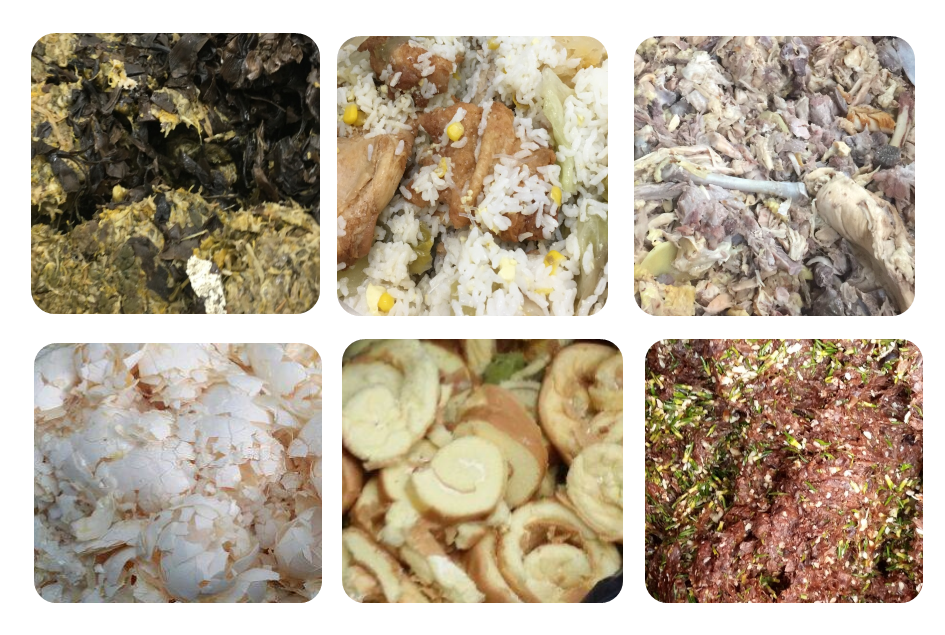
Images of Typical Food Waste Coming from C&I Sectors
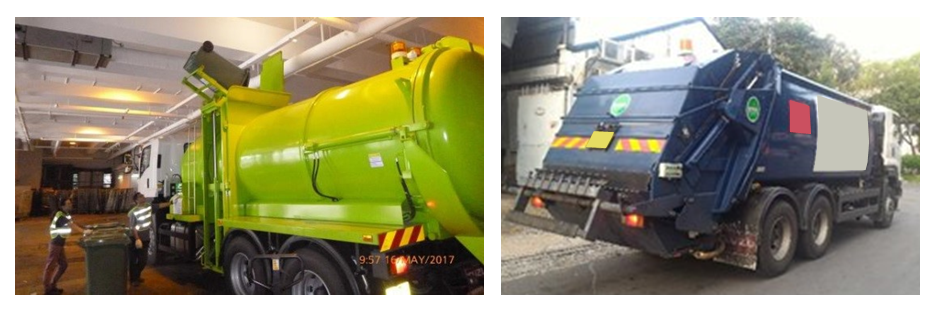
Typical Food Waste Collection Vehicles
The catchment area of food waste/sewage sludge anaerobic co-digestion trial scheme would be gradually extended to cover commercial and industrial (C&I) establishments in other areas of Tai Po District at a later stage of the food waste/sewage sludge anaerobic co-digestion trial scheme. In this stage, the amount of food waste to be treated would be gradually built up to a maximum of 40 to 50 tonnes per day.
Note:
(1) Based on 10 round trips of bulk collection vehicles required per day.
(2) Energy consumption data from Energy Utilization Indexes and Benchmarks for Transport Sector, Principal Group 6 – Vehicle – Heavy Goods Vehicle (HGV) of Electrical and Mechanical Services Department is used for reference.
(3) GHG emission factor from Mobile Combustion Sources (Diesel Oil) of Guidelines to Account for and Report on Greenhouse Gas Emissions and Removals for Buildings (Commercial, Residential or Institutional Purposes) in Hong Kong(2010 Edition) is also used for reference.
 |
 |


